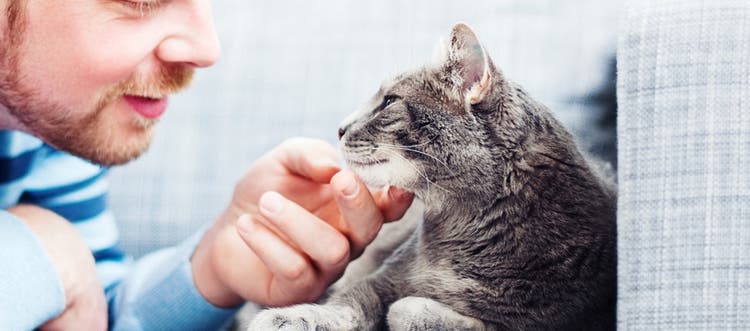A wide variety of parasites can cause health issues in your dog, from minor skin irritation to a potentially life-threatening heart condition. Learn more about the most common parasites in dogs and how to recognize the signs.
Unfortunately, parasites are common enough that nearly every owner will have to deal with them at some point during their dog's lifetime. By learning more about these six common parasites and their associated symptoms, you can be ready to act quickly in the event that your dog is infested.
1. Heartworms
Heartworms are transmitted by mosquitoes and can be life-threatening if allowed to grow to adulthood. Mosquitoes carry heartworm larvae that pass into your dog's body after a bite and live in the blood and tissue. Eventually, they reach the heart and lungs and become foot-long tubular adults that can live in your dog from five to seven years.
What to look for: Heartworm symptoms in dogs include coughing, fatigue, decreased appetite and weight loss. Luckily, this serious disease is easy to prevent.
2. Roundworms
Roundworm eggs cannot be seen by the naked eye. They are found in contaminated soil or grass, and can even be carried by rodents. When a dog eats roundworm eggs, the eggs grow into long tubular worms in the intestines that deprive the dog of nutrients and take up space. Puppies are almost always infected with roundworms when they are born.
What to look for: Signs of roundworm in dogs include vomiting, diarrhea and an extended belly.
3. Hookworms
Hookworms can enter your dog's system if he or she ingests contaminated soil, feces or rodents. Hookworms are dangerous because they feed on the blood vessels in your dog's intestines. If the infestation is severe enough, dogs may lose so much blood that they become anemic and die.
What to look for: Dogs with hookworm may experience a loss of appetite, unexplained weight loss, diarrhea, discomfort and black, tar-like stools.
4. Whipworms
Unlike roundworms and hookworms, whipworms are more common in adult dogs than puppies. Dogs can get whipworms by swallowing contaminated soil or feces. The parasite irritates your dog's cecum (a pouch that connects the small and large intestine) and colon, causing intestinal health issues.
What to look for: When a dog is infected with whipworms, they won't always show symptoms right away. Whipworms can cause on-and-off weakness, weight loss and periods of bloody diarrhea.
5. Fleas
Most dogs will become infested with fleas at some point in their lifetime. These tiny brown insects hide and lay eggs in your dog's hair, which then get scattered throughout your home. Fleas can also give dogs tapeworms, flea allergy dermatitis and anemia.
What to look for: Dogs with fleas often scratch frequently and have hair loss on their back end. They may also have flea dirt in their fur, and you may see fleas jumping or crawling in their fur. Look for behavior changes and red bumps or scabs as well.
6. Sarcoptic Mange
Sarcoptic mange is caused by a tiny parasitic mite that burrows into your dog's skin. This mite is easily passed to other dogs and people through close contact.
What to look for: Sarcoptic mange causes extreme discomfort, skin inflammation and itching, hair loss and crusty sores.
What Can You Do to Prevent Parasites in Dogs?
Use a monthly, vet-prescribed product that is effective against numerous parasites. Topically applied products are popular because they are convenient and easy to administer. Ask for a product with the unique ingredient combination of imidacloprid and moxidectin.










